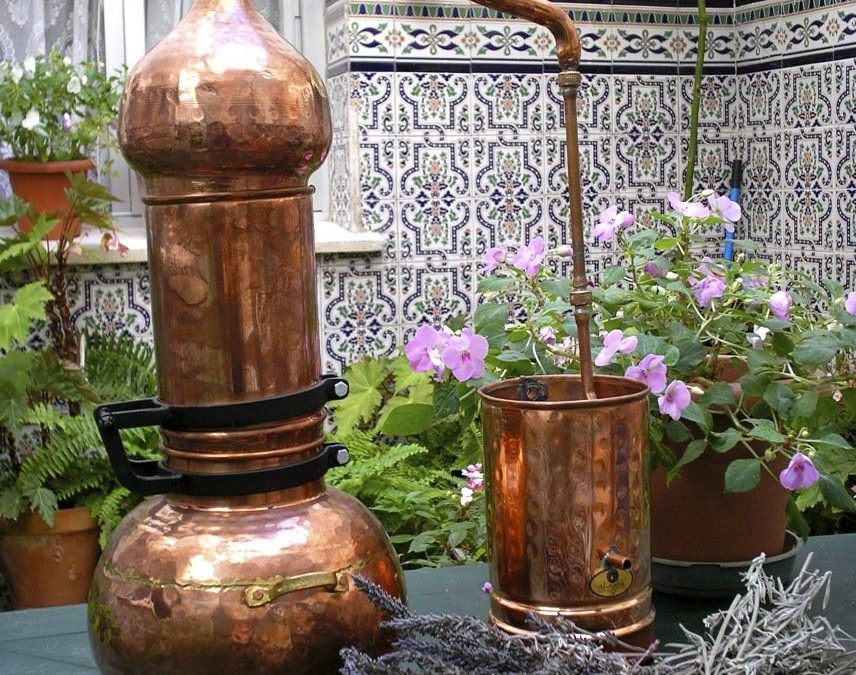 When I first started learning about aromatherapy and essential oils I had so many questions. Where do they come from, how are they made, who makes the best oils, why do they work? These are all important questions if you are going to use essential oils regularly. Why does it matter you ask? It matters because essential oils won’t work properly if they don’t have certain chemical characteristics. If you want to use essential oils as perfume, then maybe it won’t matter to you. If you are someone who wants to have a great smell that is functional and for a specific purpose, then it does matter.
When I first started learning about aromatherapy and essential oils I had so many questions. Where do they come from, how are they made, who makes the best oils, why do they work? These are all important questions if you are going to use essential oils regularly. Why does it matter you ask? It matters because essential oils won’t work properly if they don’t have certain chemical characteristics. If you want to use essential oils as perfume, then maybe it won’t matter to you. If you are someone who wants to have a great smell that is functional and for a specific purpose, then it does matter.
So if you are sitting there and wondering, how is an essential oil made. Let me begin by telling you that really, essential oils are not made. They are extracted from the plant because the components that make up the oil are already in the plant. Oils can come from many different parts of the plant and is specific to the particular oil. For example, rose essential oil comes from the rose petals, lemon is produced from the peel, and juniper is produced from the berries, valerian from a root and cinnamon from the leaf or bark.
There are many factors that go into extracting an essential oil. The key factors include, the time of day and time of year the plant material is harvested; the region of the world as well as the temperature of the region. Each of these factors play a very important part in producing an oil that renders the desired chemistry that it will have therapeutic/functional impact.
So back to the question, how are essential oils extracted? The methods used include distillation, expression (also referred to as cold pressed), solvent/absolute extraction, CO2 Extraction, maceration and enfleurage. Today I want to focus on the process of

distillation.
Distillation: The process of passing steam through plant material.
1. Load plant material into Still, usually copper or stainless steel.
2. Steam or water/steam passes through still
3. The steam breaks down the plant material and removes the components of the plant in the form of vapor
4. Oil and water vapor moves to the stills condenser, where the steam changes back to water or oil droplets
5. The water and oil separate. Most often, but not always the oils sits on the surface.
6. Oil is captured by pouring the water off, leaving the essential oil.
The essential oil that results from this process contain many individual chemical components. While these components are specific to each plant, there are certain characteristics/ molecular structures that are often found in certain groups of plants. These structures are important because it allows each oil to be categorized based on its function (or therapeutic property). An example of these structures would be esters, alcohols and terpenes.
I like to think of it this way, (using the image below.) If you were able to look inside the essential oil Coriander seed, you would see structures like Linalool, -Pinene, -Terpinene floating around; or perhaps Thyme (linalool CT) which contain -Caryophyllene and Carvacrol in its composition.

In reality, essential oils are just made up of a bunch of structures. If you understand these structures, you can understand the functions of your oil. Take Terpenes/Terpenoids for example. They are known for anti-inflammatory, antiseptic, antiviral and bactericidal therapeutic actions. This then tells you how you should use your oil.
I hope that I haven’t confused or overwhelmed you with nerdy, science talk, but have given you a better understanding of how essential oils travel from the plant into your hands. Check out the cool video showing the distillation process.
[wpvideo E6KyZuzT]

